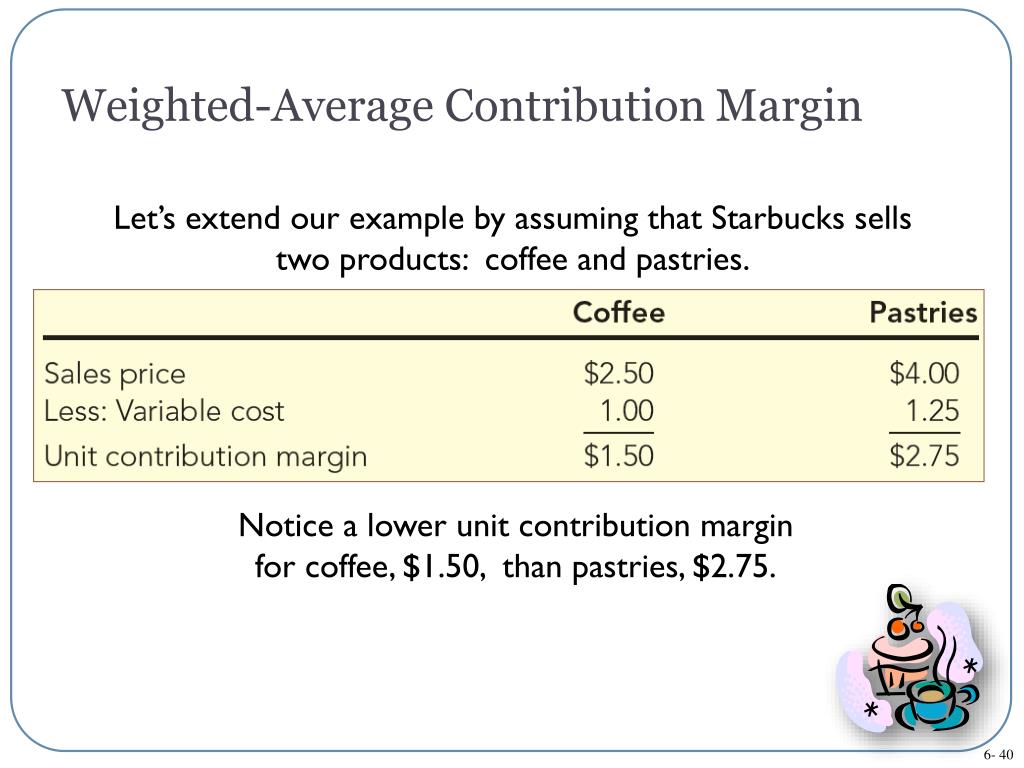
This demonstrates that, for every Cardinal model they sell, they will have $60 to contribute toward covering fixed costs and, if there is any left, toward profit. Every product that a company manufactures or every service a company provides will have a unique contribution margin per unit. In these examples, the contribution margin per unit was calculated in dollars per unit, but another way to calculate contribution margin is as a ratio (percentage). The break even point (BEP) is the number of units at which total revenue (selling price per unit) equals total cost (fixed costs + variable cost). If the selling price per unit is more than the variable cost, it will be a profitable venture otherwise it will result in loss. This demonstrates that, for every Cardinal model they sell, they will have \(\$60\) to contribute toward covering fixed costs and, if there is any left, toward profit.
Some other helpful tools for business
Paul Boyce is an economics editor with over 10 years experience in the industry. Currently working as a consultant within the financial services sector, Paul is the CEO and chief editor of BoyceWire. He has written publications for FEE, the Mises Institute, and many others. That means $130,000 of net sales, and the firm would be able to reach the break-even point. We will find out the break-even point by using the concept of contribution. We will look at how contribution margin equation becomes useful in finding the break-even point.
Get in Touch With a Financial Advisor
- They also use this to forecast the profits of the budgeted production numbers after the prices have been set.
- However, when CM is expressed as a ratio or as a percentage of sales, it provides a sound alternative to the profit ratio.
- Leave out the fixed costs (labor, electricity, machinery, utensils, etc).
- Only two more steps remain in our quick exercise, starting with the calculation of the contribution margin per unit – the difference between the selling price per unit and variable cost per unit – which equals $30.00.
- The contribution margin can help company management select from among several possible products that compete to use the same set of manufacturing resources.
- It represents the incremental money generated for each product/unit sold after deducting the variable portion of the firm’s costs.
We would consider the relevant range to be between one and eight passengers, and the fixed cost in this range would be \(\$200\). If they exceed the initial relevant range, the fixed costs would increase to \(\$400\) for nine to sixteen passengers. Knowing how to calculate contribution margin allows us to move on to calculating the contribution margin ratio.
Which of these is most important for your financial advisor to have?
So it is necessary to understand the breakup of fixed and variable cost of any production process. Direct materials are often typical variable costs, because you normally use more direct materials when you produce more items. In our example, if the students sold 100 shirts, assuming an individual variable cost per shirt of $10, the total variable costs would be $1,000 (100 × $10). If they sold 250 a sample profit and loss statement to help your business shirts, again assuming an individual variable cost per shirt of $10, then the total variable costs would $2,500 (250 × $10). Managers monitor a company’s sales volume to track whether it is sufficient to cover, and hopefully exceed, fixed costs for a period, such as a month. Contribution margin is the dollar sales amount available to apply (contribute) toward paying fixed costs during the period.
To demonstrate this principle, let’s consider the costs and revenues of Hicks Manufacturing, a small company that manufactures and sells birdbaths to specialty retailers. In accounting, contribution margin is the difference between the revenue and the variable costs of a product. It represents how much money can be generated by each unit of a product after deducting the variable costs and, as a consequence, allows for an estimation of the profitability of a product.
The contribution margin measures how efficiently a company can produce products and maintain low levels of variable costs. It is considered a managerial ratio because companies rarely report margins to the public. Instead, management uses this calculation to help improve internal procedures in the production process. Contribution margin may also be expressed as a ratio, showing the percentage of sales that is available to pay fixed costs.
Other reasons include being a leader in the use of innovation and improving efficiencies. If a company uses the latest technology, such as online ordering and delivery, this may help the company attract a new type of customer or create loyalty with longstanding customers. In addition, although fixed costs are riskier because they exist regardless of the sales level, once those fixed costs are met, profits grow. All of these new trends result in changes in the composition of fixed and variable costs for a company and it is this composition that helps determine a company’s profit.

If they exceed the initial relevant range, the fixed costs would increase to $400 for nine to sixteen passengers. In our example, a ratio of 36.97% means that every dollar in sales contributes approximately $0.37 (thirty-seven cents) toward fixed costs. Conceptually, the contribution margin ratio reveals essential information about a manager’s ability to control costs. In the dynamic world of business, understanding key financial indicators is essential for effective decision-making. This financial concept plays an indispensable role in determining the profitability of individual items sold by a company and informs critical decisions about pricing, production quantities, and product lineups. For example, raising prices increases contribution margin in the short term, but it could also lead to lower sales volume in the long run if buyers are unhappy about it.